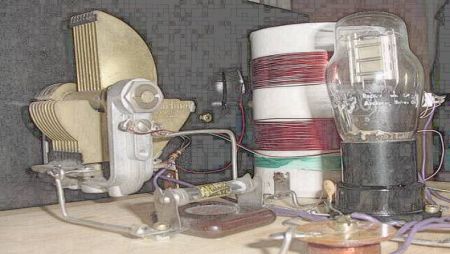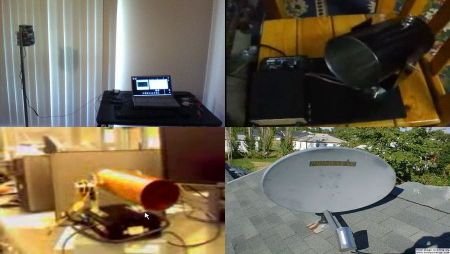
4D Systems micro drive provides both raw and FAT level access to microSD cards. The module contains a dedicated host controller that transforms what may be an otherwise intimidating card spec into a group of simple serial commands. With a wide supply range of 3.6-5.5 and .1″ lead spacing, this should be cake walk to tinker with. The device doesn’t support FAT32 yet. According to the GOLDELOX-DOS command set page 9, “FAT32 is currently not supported, if you mount a FAT32 formatted disk, you will not be able to access it at all, both FAT and RAW commands will fail”. At the moment the device seems limited at 2GB FAT16 partitions. This sure does seem like cheating after implementing SPI and Nibble mode SD card protocols.
[via Electronics-Lab.Com thanks mozzwald]
















